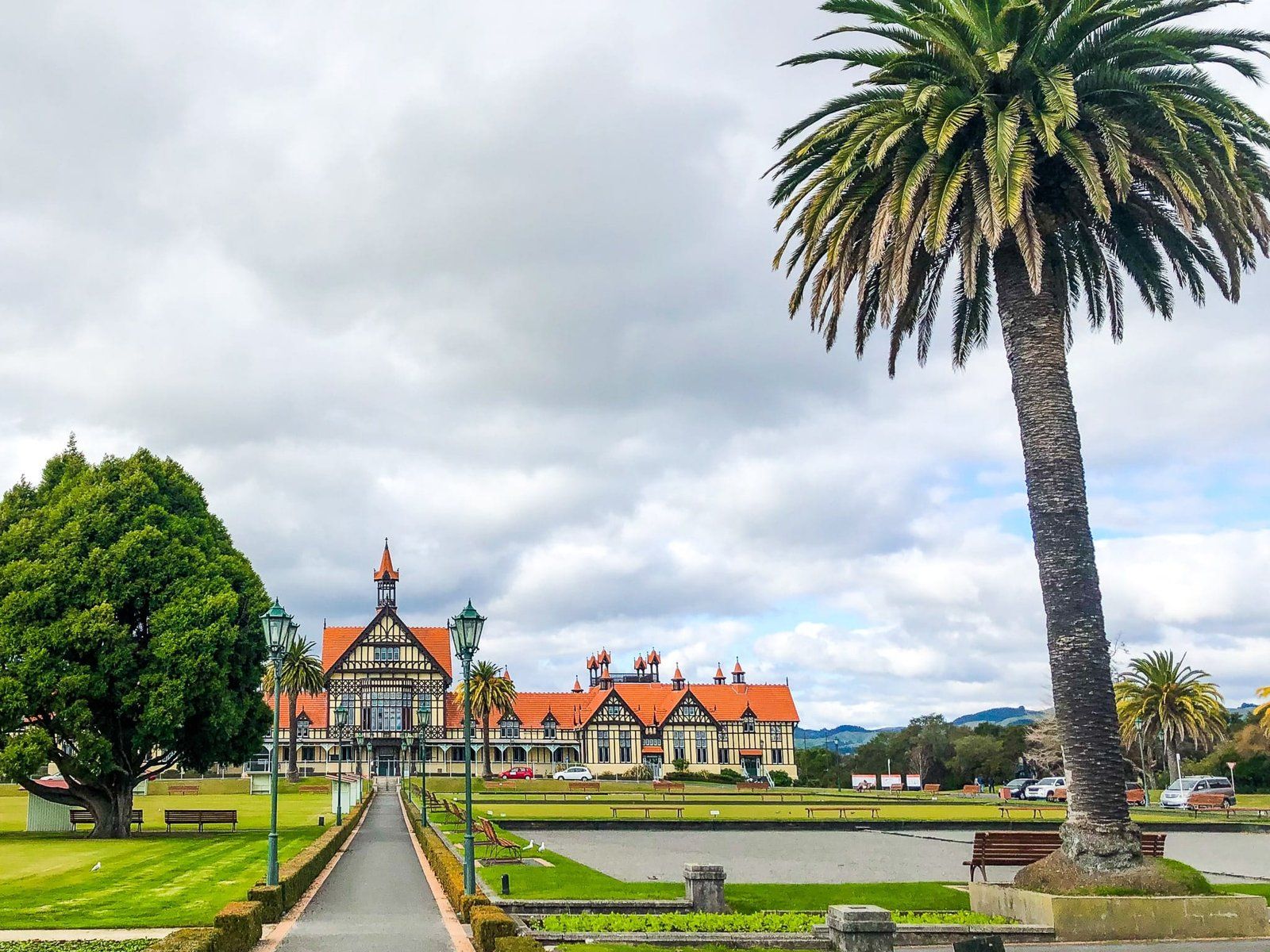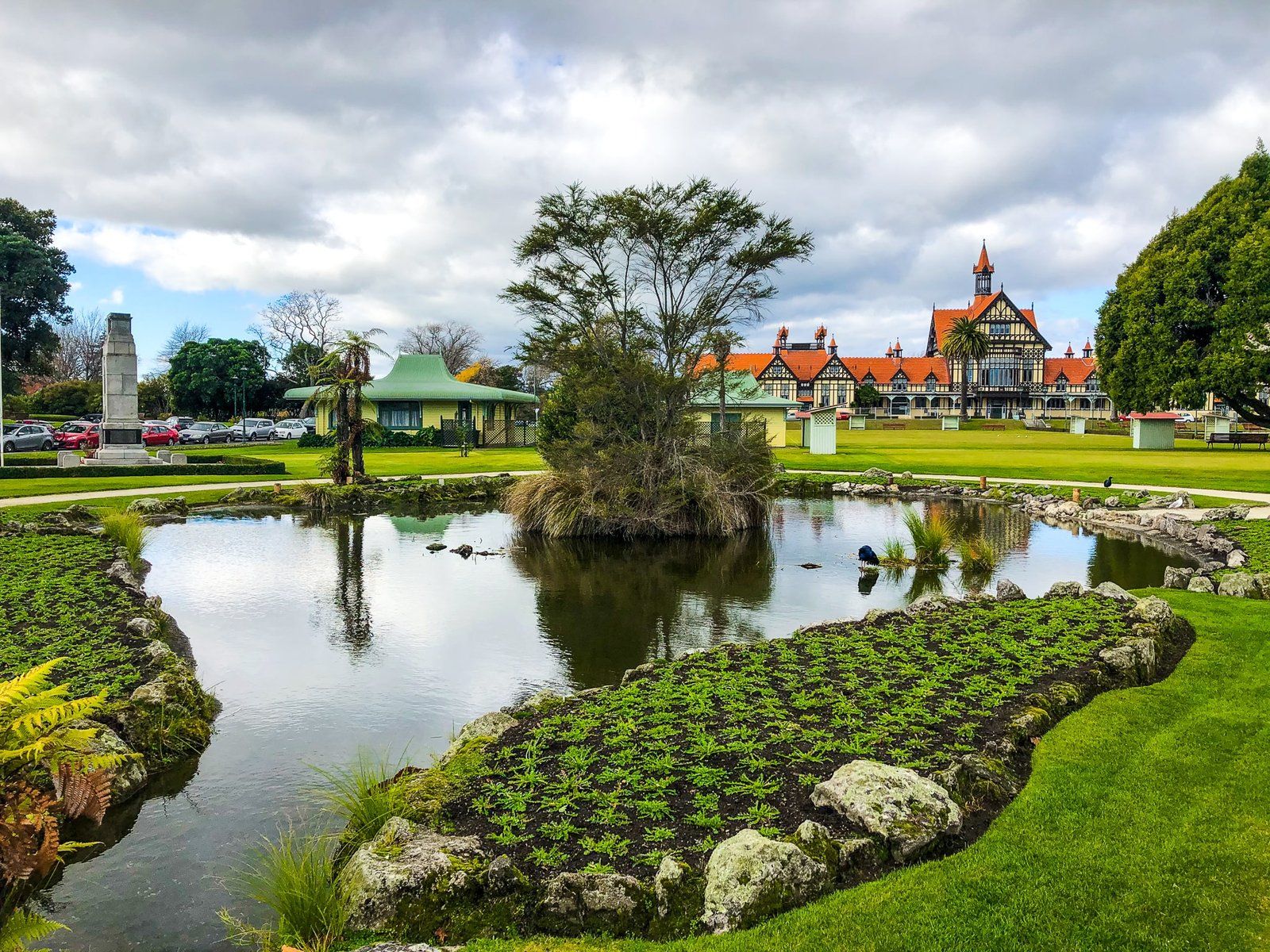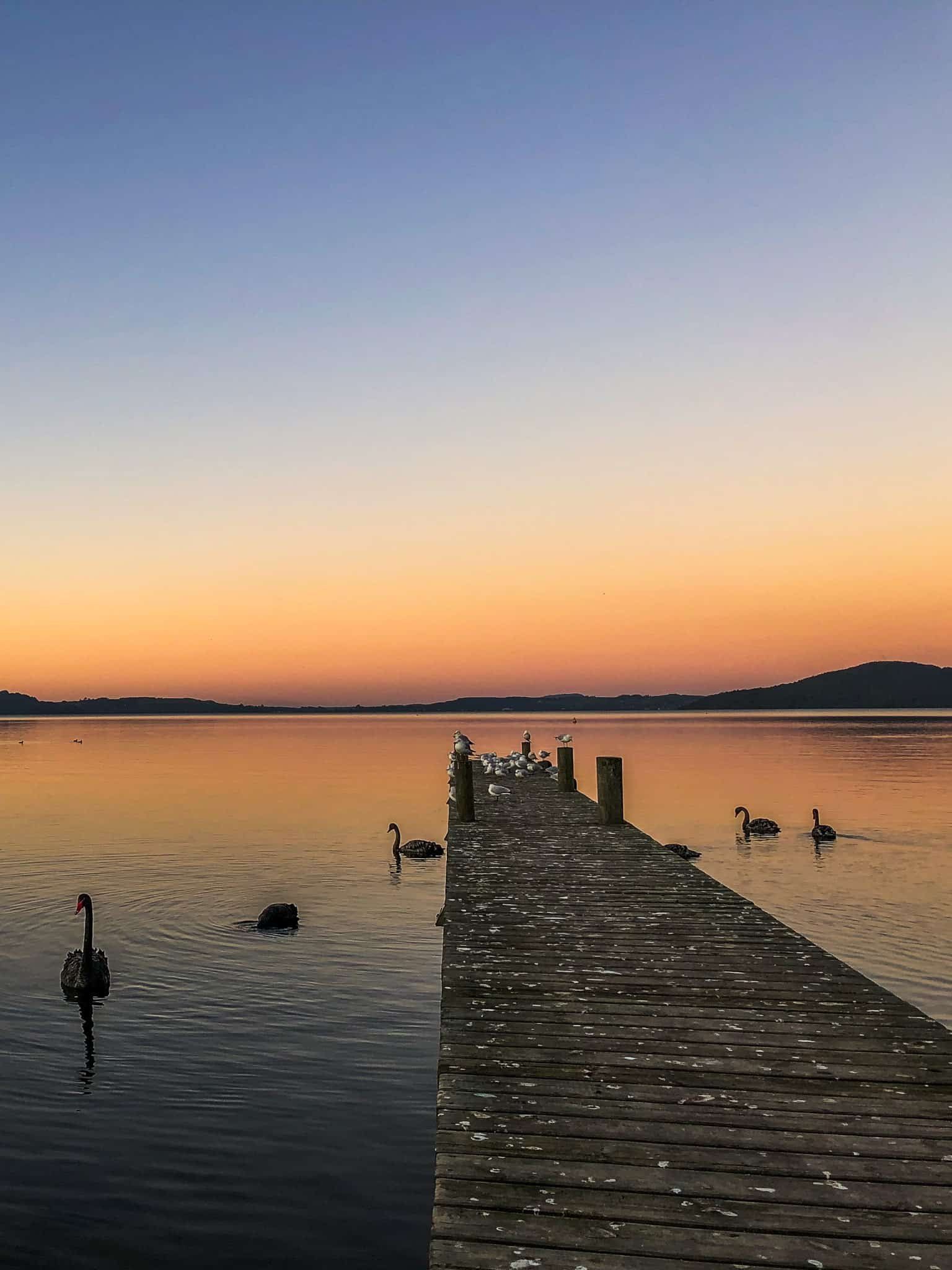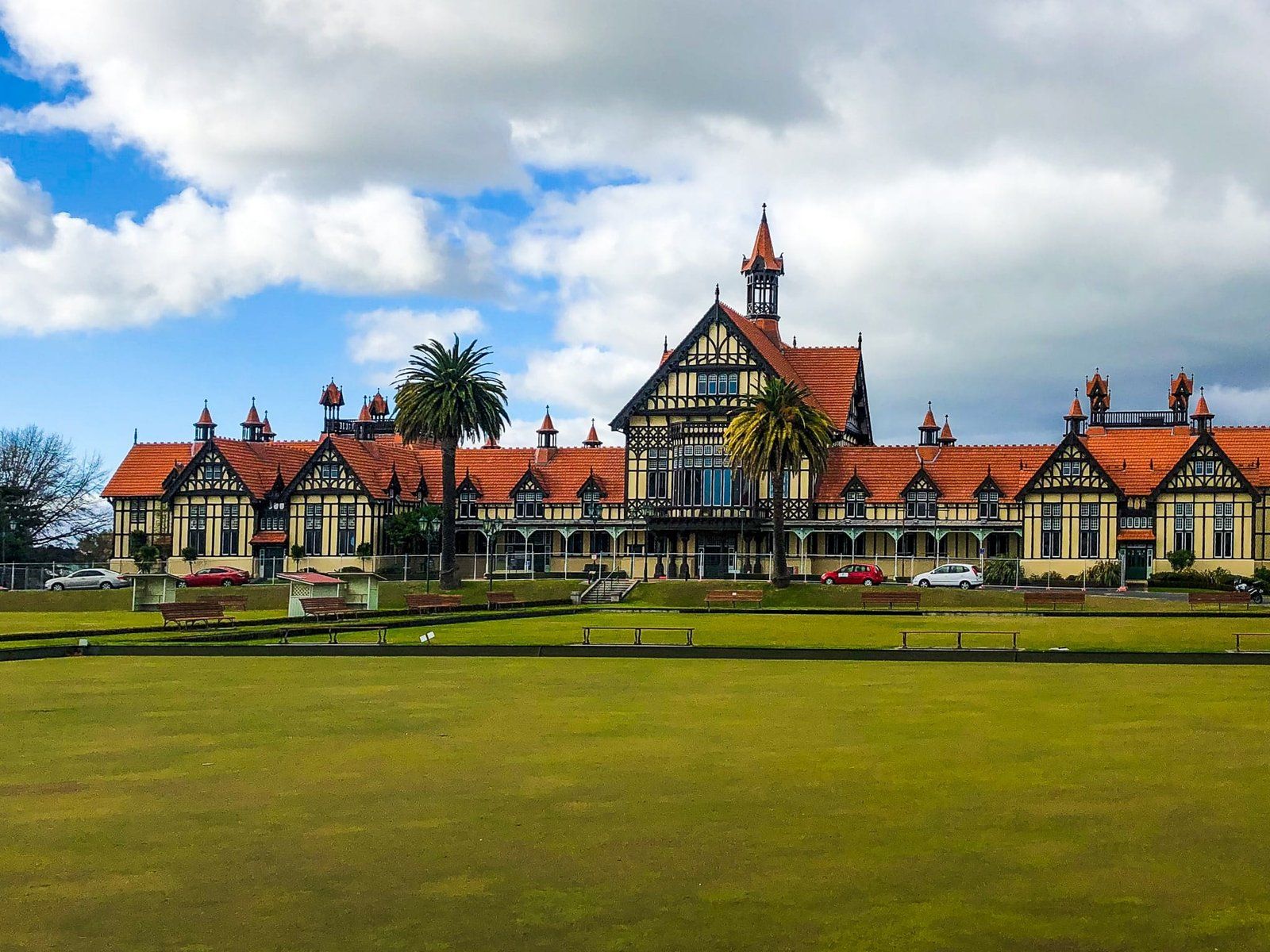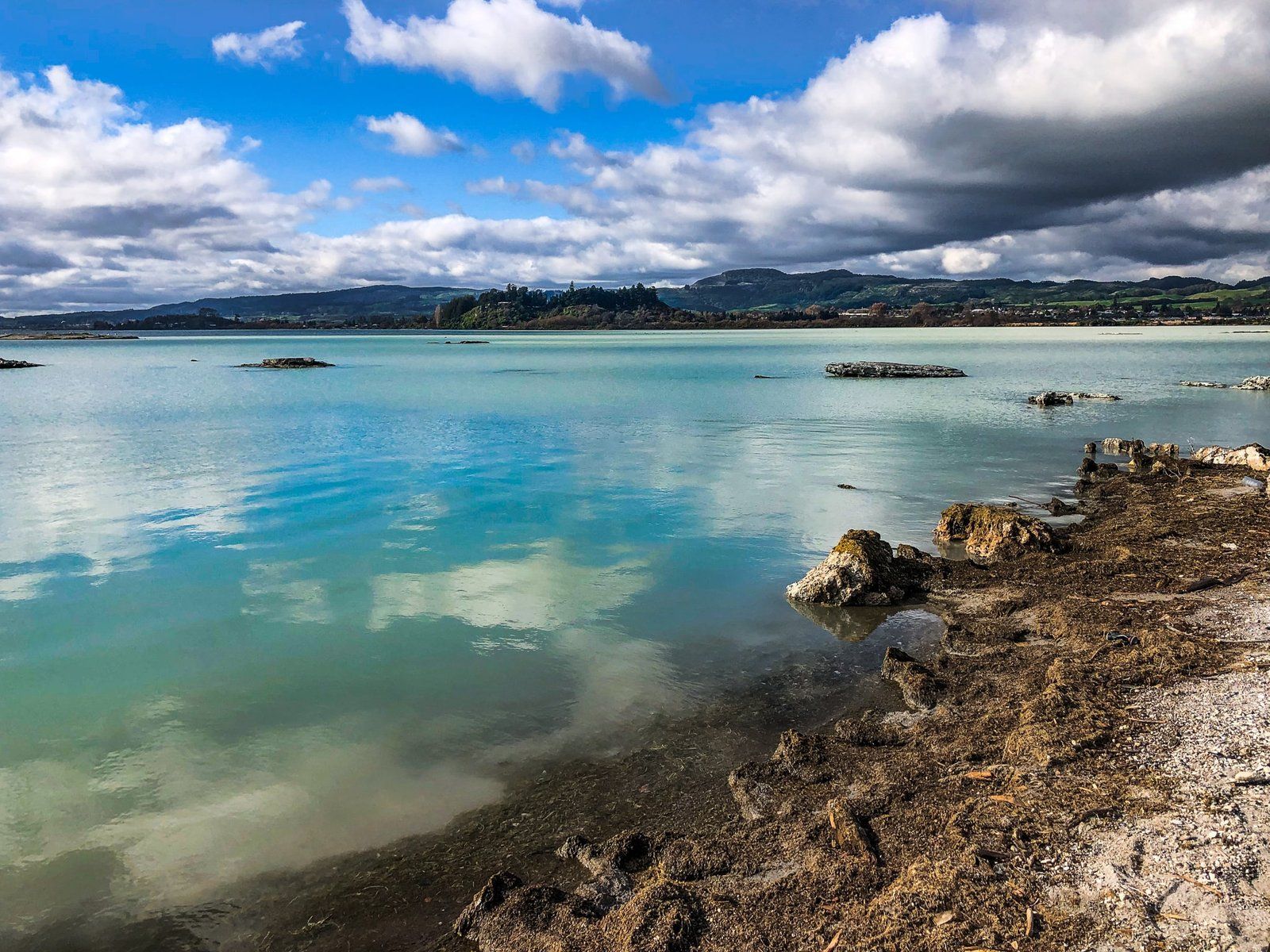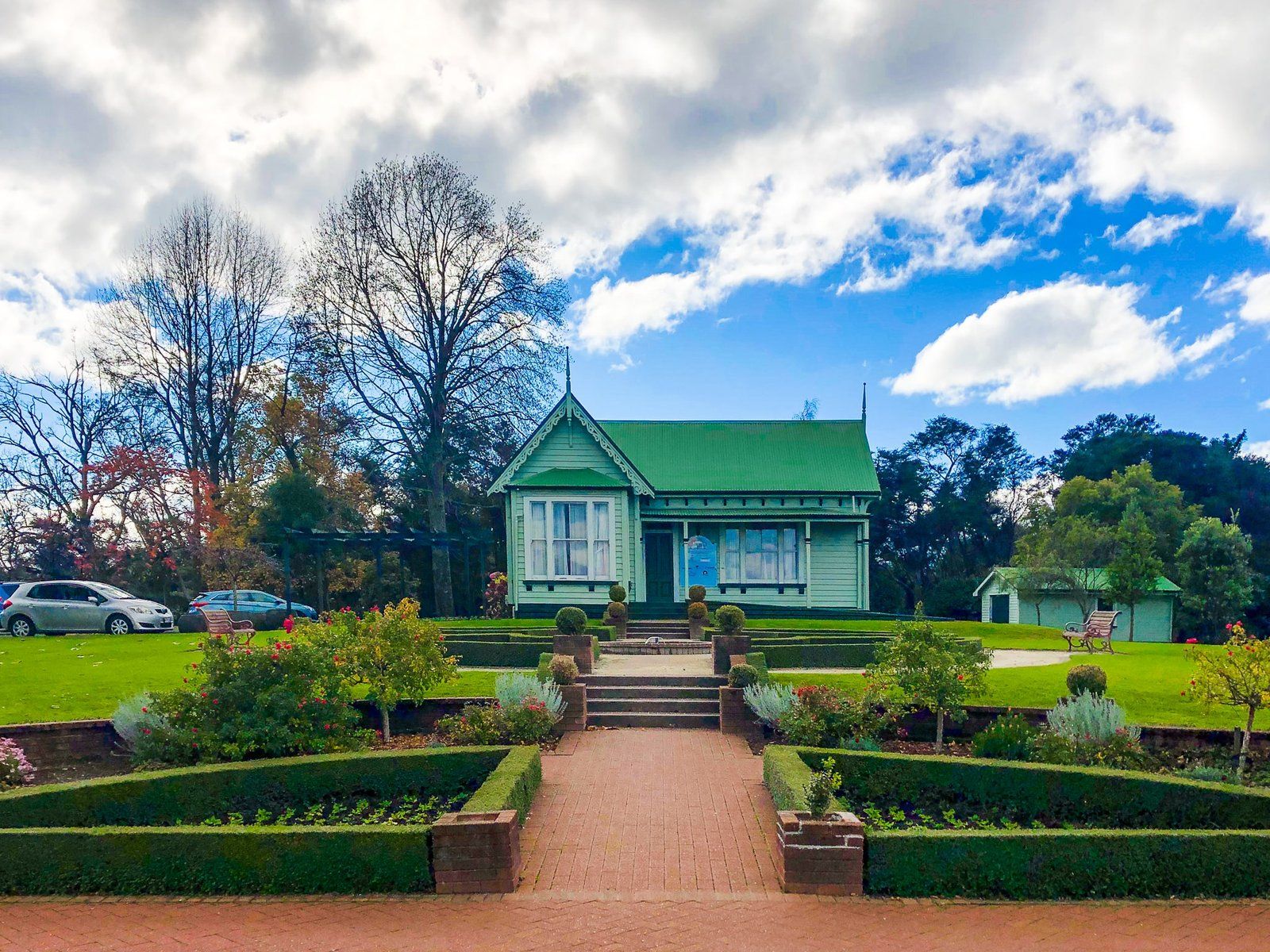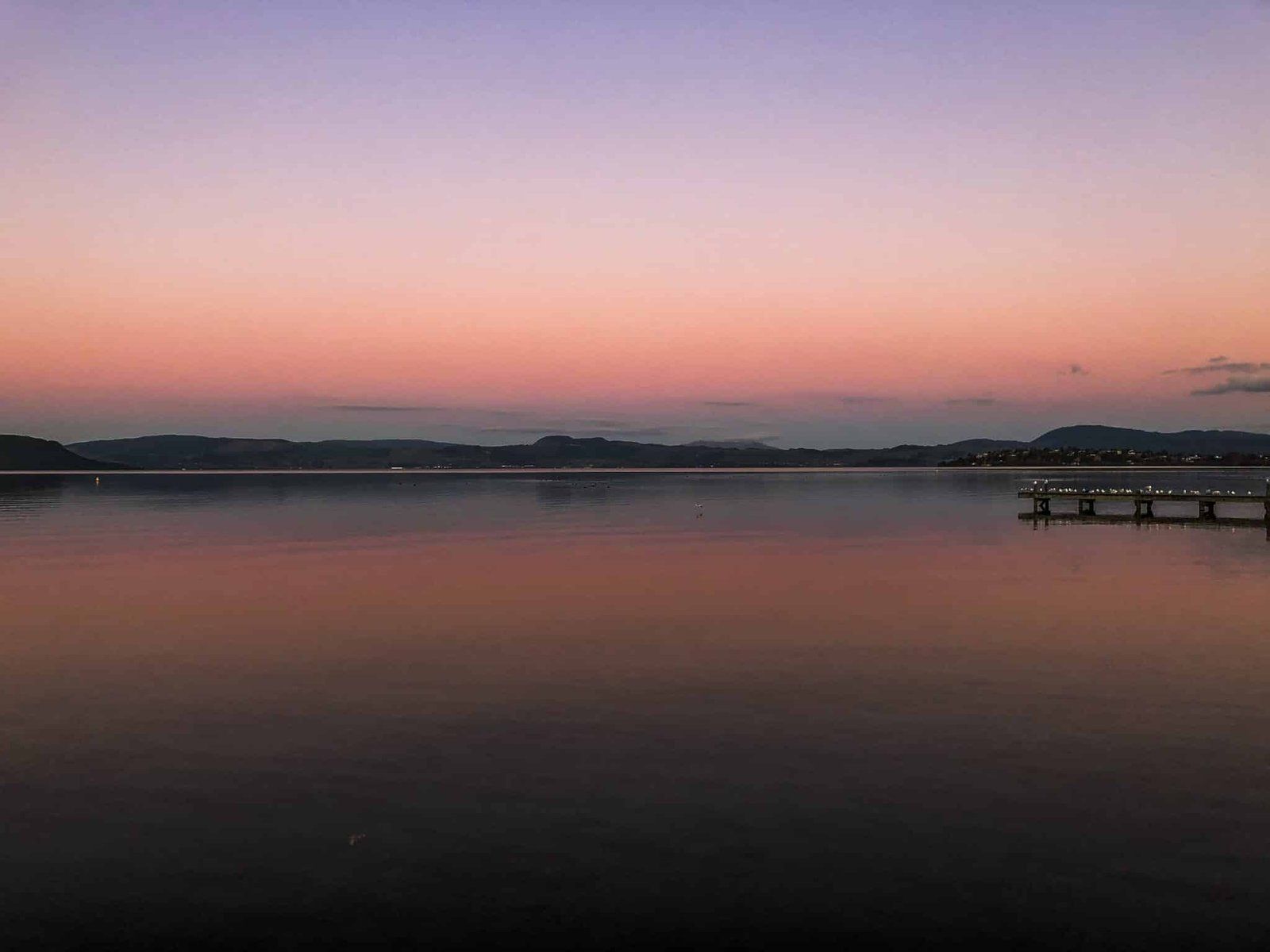Rotorua is a city of 60,000 around the edge of Lake Rotorua. It is best known for its active geothermal region, which has been part of the NZ tourism scene for about 140 years. The lake is a 240,000-year-old caldera and part of the enormous active volcanic region stretching from White Island through Rotorua and Taupō to Tongariro National Park.
The name comes from ‘roto’, meaning lake, and ‘rua’, meaning two: ‘Lake Two’. Te Arawa's presence dates back to Te Arawa chief and explorer Ihenga. It was the second major lake he discovered upon arriving in the region, hence the name. For a less prosaic version of how Te Arawa became associated with Rotorua, read here!
The first Europeans arrived in the late 1820s, and it didn’t take long before tourists were turning up to enjoy the natural wonders of geysers and hot pools. The New Zealand Wars of the 1860s affected the region for a time, but by 1883, the town had a special status to help its development as a spa town. From a meeting between Māori and European representatives, Māori agreed to gift 50 hectares of thermal springs “hei oranga mō ngā iwi katoa o te Ao”, translated as “for the benefit of the people of the world.”
Consequently, several facilities were developed near the lake's edge between Sulphur Point and Te Ruapeka Bay. These included the Bath House (now the museum), Government Gardens, and Polynesian Pools (now the Polynesian Spa). The Bath House and Pools piped water from nearby thermal springs directly into their facilities and rooms. This became a general Rotorua thing up until the 1980s, when the geysers began to disappear and the bore holes were shut down.
Walk around Government Gardens and the nearby lake walkway to see where and how the tourism industry started. Access to the Gardens is from the northeast side of downtown Rotorua.
